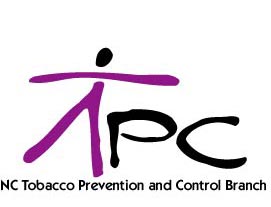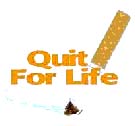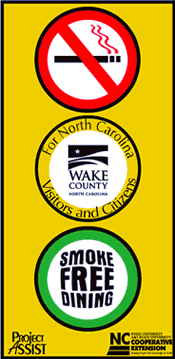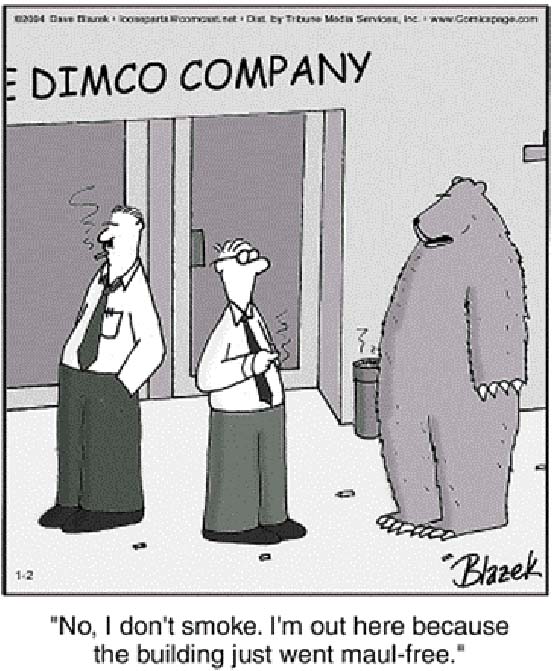The state of North Carolina Teachers' and State Employees'
Comprehensive Major Medical Plan (the State Health Plan) has launched
an exciting and unique tobacco cessation pilot project called Quit for
Life. The goal of the project is to assist state employees to quit
using tobacco and to gather data to support incorporating tobacco
cessation benefits permanently into the Plan's benefit design in the
future.
The State Health Plan, in conjunction with N.C. Prevention Partners and
the Tobacco Prevention and Control Branch, is partnering with the North
Carolina Departments of Insurance (DOI) and Correction (DOC), as well
as Person County and Chatham County schools to offer cessation benefits
to participating employees.
Each participating agency has a worksite wellness committee that
recruits tobacco users who want to quit to the study. The wellness
committees also advocate for policy changes and develop tobacco
cessation support activities at the worksite.
In one arm of the study, employees will receive materials to help them
quit along with referral to free telephone quitlines and websites. In
the other arm of the study, employees will receive these materials and
referral to the same quitlines and websites plus one free round of
nicotine replacement therapy to assist with quitting, and a free
membership to an online cessation website (QuitNet). Participants in
both of these arms will have access to cessation counseling from their
health care provider.
A third arm of the study will measure rates of tobacco cessation among
employees who have received no intervention. All employees in these
worksites have access to the educational materials and work-based
support, but only State Health Plan members receive financial
incentives and access to QuitNet services.
Congratulations to the State Health Plan and its partners for putting
effective tobacco cessation methods into practice and evaluating
results in order to set the standard for tobacco cessation intervention
insurance coverage. These efforts will save lives and help curb the
growing cost of tobacco-related disease.
If you are an employee of any of the participating agencies and use
tobacco, be sure to ask your wellness committee representative about
this project and how it can help you quit!
For more information about the Quit For Life pilot project, please
contact Jennifer Hastings, MS, MPH, Quit for Life Program Coordinator
and Communications Manager, N.C. Prevention Partners, at 919-969-7022
extension 4# or by e-mail at
jennifer@ncpreventionpartners.org.




 Is your
child's school 100 percent tobacco-free? A 100% tobacco-free school
district bans all tobacco use by everyone everywhere on campus. This
means no staff smoking areas and no tobacco use on buses, at athletic
events and on field trips.
Is your
child's school 100 percent tobacco-free? A 100% tobacco-free school
district bans all tobacco use by everyone everywhere on campus. This
means no staff smoking areas and no tobacco use on buses, at athletic
events and on field trips.


